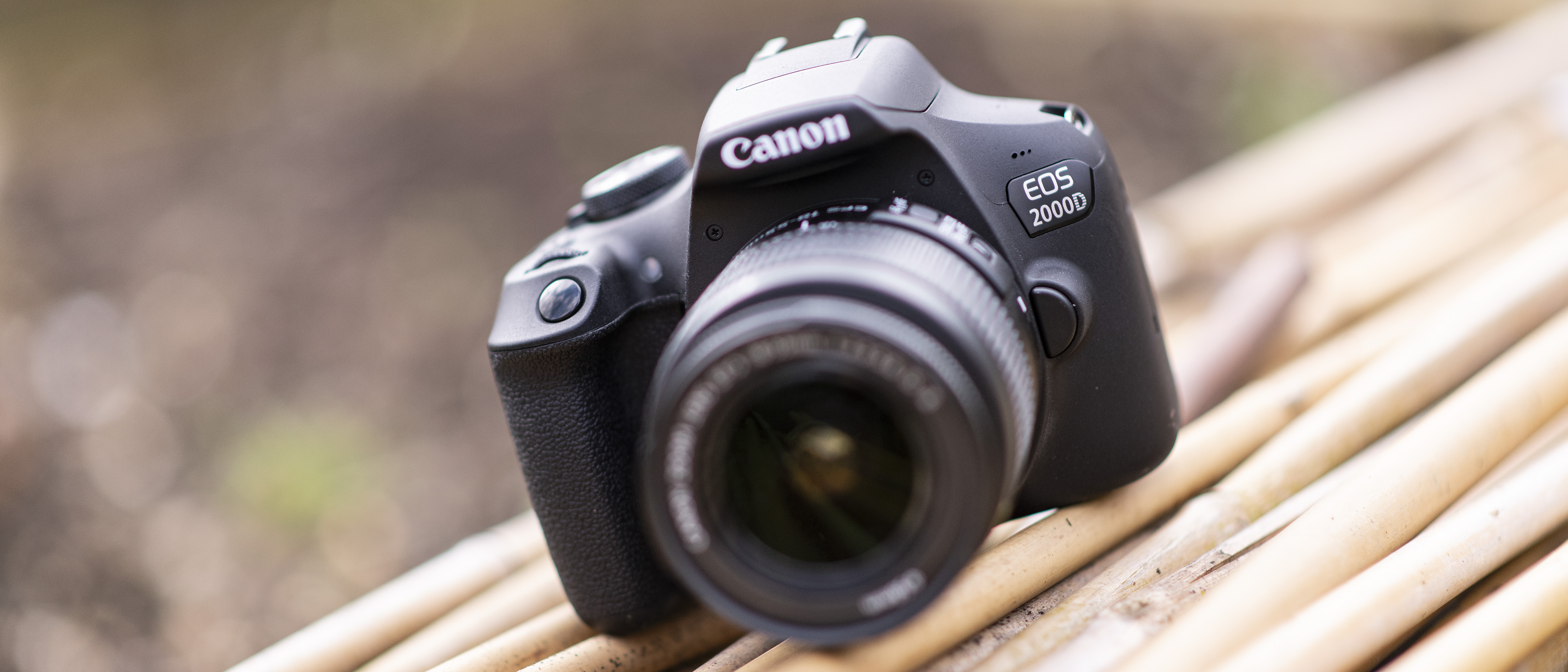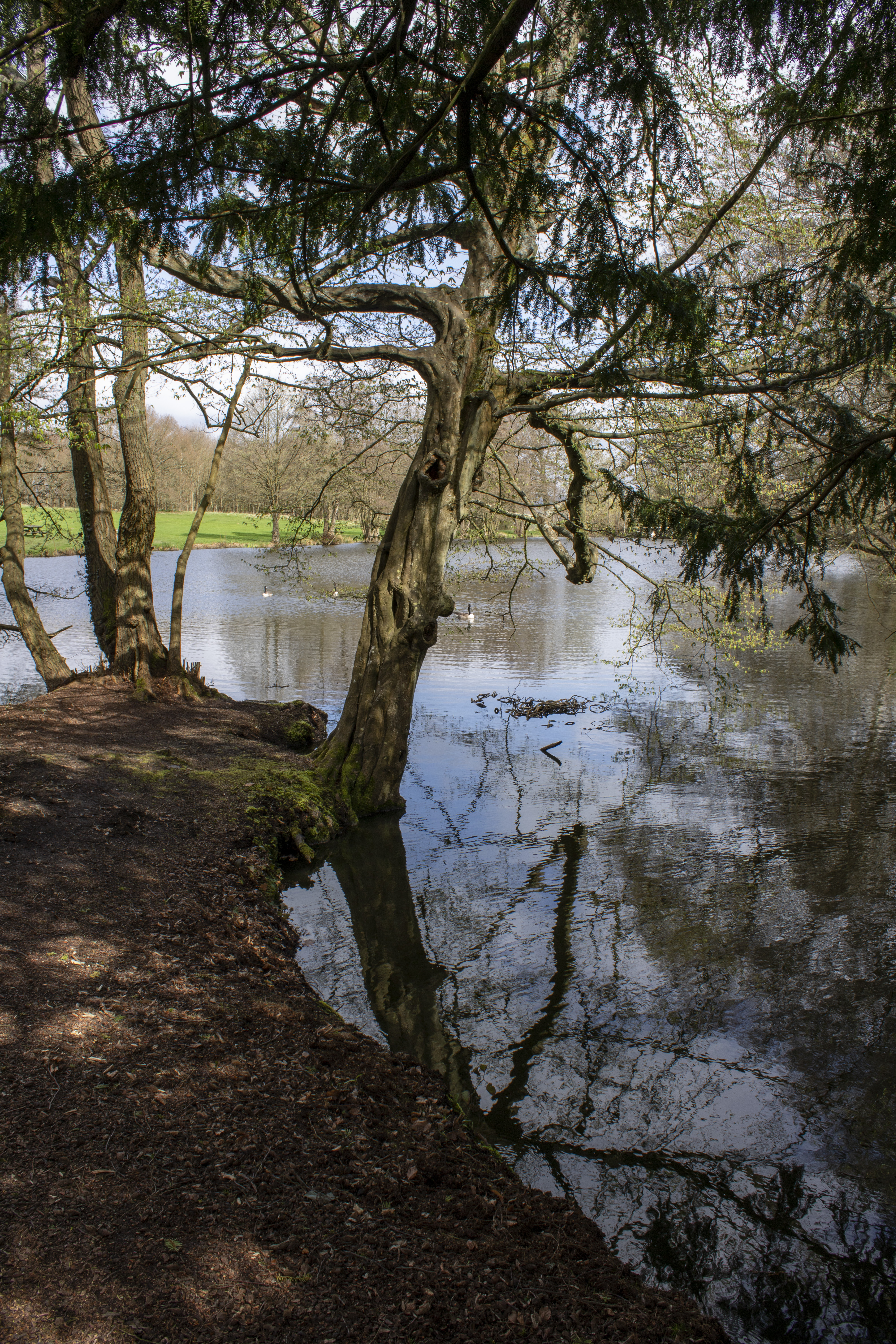Why you can trust TechRadar
Performance
- One of the slowest DSLRs out there
- 4:3 aspect ratio display at odds with sensor
- Good battery life
Burst shooting has never been a strong point of entry-level DSLRs, but the EOS Rebel T7 / EOS 2000D's paltry 3fps continuous shooting rate makes it one of the slowest cameras out there. If you're looking to shoot action, or simply to capture something in a brief burst, this camera isn't for you.
With the rear screen having a 4:3 aspect ratio it's at odds with the camera's 3:2 sensor format, so when reviewing images or using the camera's Live View mode you can't take advantage of all the screen's real estate, with black bands running along the top and bottom of the frame.
Metering is handled by a 63-zone dual-layer metering sensor (not the newer 7560 pixel RGB+IR sensor used in the Rebel T7i / 800D), with Evaluative, Partial, Centre-weighted and Spot metering options available. Despite this being the older module, we found the Evaluative mode did a solid job when used it most conditions; it did have a slight tendency to underexpose shots, but that's no bad thing in bright conditions when you want to preserve highlights.
The white balance system on the Rebel T7 / 2000D performs well, and it's nice to see an optional Ambience Priority auto white balance mode – this is designed to retain a warmer look in shots, which can sometimes be lost as the camera attempts to produce a neutral result.
At 500 shots, the quoted battery life is quite a bit less than that of the camera's main rival, the Nikon D3400, which is good for a staggering 1,200 shots. That said, the Rebel T7 / 2000D compares very well to similarly priced mirrorless cameras.
Image quality
- Detail rendition greatly improved over Rebel T6 / 1300D
- Delivers solid noise handling performance
- Dynamic range is good, but not class-leading
The good news here is that the level of image detail produced by the upgraded 24.1MP sensor is a huge improvement over the 18MP Rebel T6 / 1300D.
Despite the more densely populated sensor, the extra six million pixels don't mean that noise control is sacrificed over the older model, with the EOS Rebel T7 / 2000D delivering solid, although not class-leading, ISO performance. If you're shooting JPEG files you'll see some softening of detail at higher ISOs, thanks to the camera applying noise reduction; this is apparent from around ISO3200, while raw files display noticeable luminance (granular) noise as well as chroma (color) noise, although finer details hold up better.
Sign up for breaking news, reviews, opinion, top tech deals, and more.
As with noise performance, the camera's dynamic range is good but not great. If you're shooting raw files it's possible to recover some lost detail in the shadows and highlights, but not as much as from the raw files of some rival cameras.

Click here to see the full-size image

Click here to see the full-size image

Click here to see the full-size image

Click here to size the full-size image
Current page: Performance and image quality
Prev Page Build, handling and AF Next Page Verdict and competition
Phil Hall is an experienced writer and editor having worked on some of the largest photography magazines in the UK, and now edit the photography channel of TechRadar, the UK's biggest tech website and one of the largest in the world. He has also worked on numerous commercial projects, including working with manufacturers like Nikon and Fujifilm on bespoke printed and online camera guides, as well as writing technique blogs and copy for the John Lewis Technology guide.

